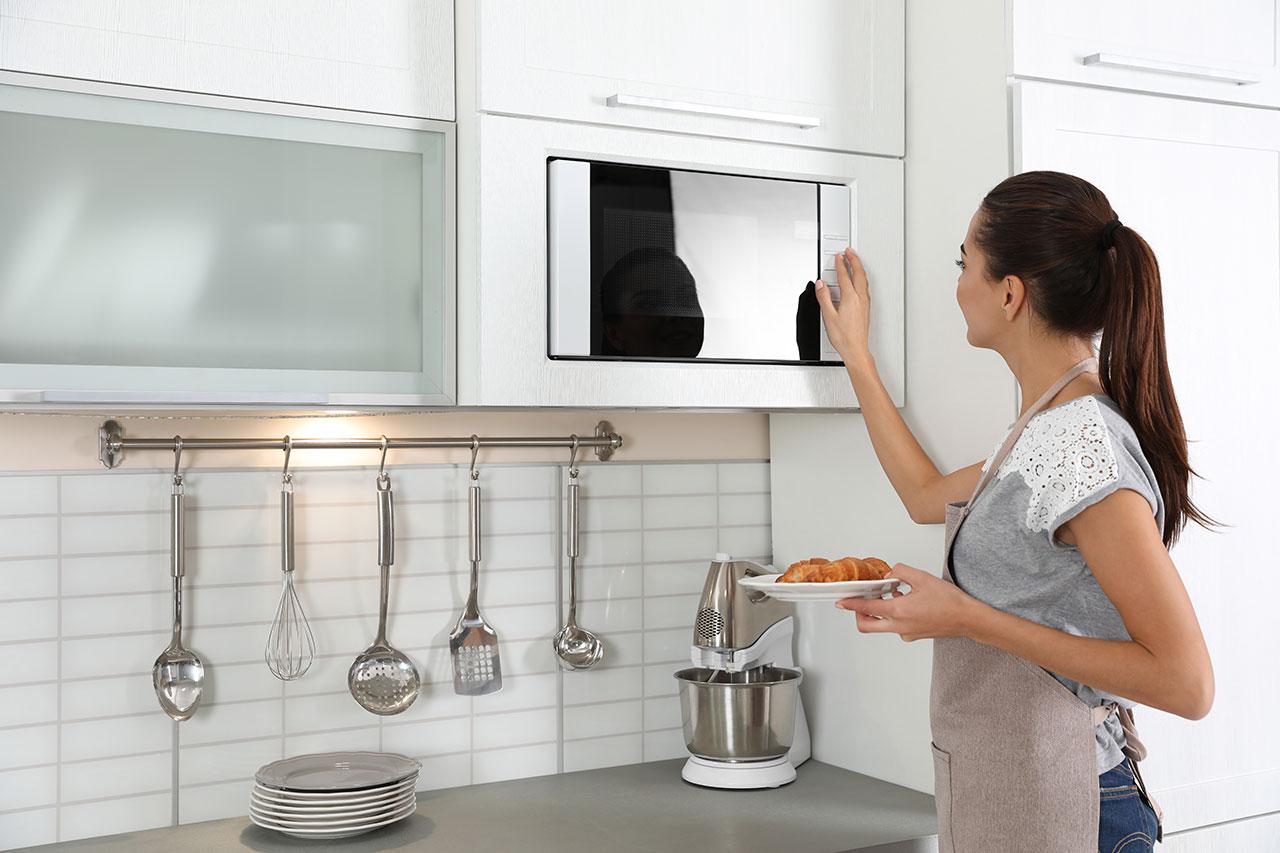
Budget for microwave repair costs based on factors such as parts, what the issue is, microwave type, professional labor, and more.
The average cost to install a microwave is $154


Homeowners spend an average of $154 on microwave installation, with prices ranging from $75 to $350.
Installation costs vary depending on the type, location, and any additional electrical or cabinet modifications required.
Hiring a professional for microwave installation can ensure a safe, code-compliant setup while preserving your kitchen's aesthetic.
This article was updated using automation technology and thoroughly reviewed for accuracy by HomeAdvisor Editor Ryan Noonan.
If you’re ready to boost your kitchen’s convenience, installing a microwave is a quick win. Homeowners spend an average of $154, with most bills ranging from $120 to $222. Build these costs into your budget upfront so surprises don’t pop up later. Then hire a licensed professional to handle the job safely and ensure everything is up to code.
The cost to install a microwave depends on several factors, including the type of ductwork required, whether a hood replacement is necessary, and electrical fees.
If your kitchen doesn’t already have ductwork, plan on spending $150 to $600 for the cost of ductwork installation. You could opt for a ductless model, but a ducted unit vents steam and smoke outside far more effectively.
Because an over-the-range microwave handles both cooking and venting, it’s an easy upgrade from a standalone hood—and it costs less to install than a separate range hood.
Factor in possible electrical upgrades when budgeting for microwave installation. Most over-the-range units require their own 120-volt, 20-amp circuit, which costs between $800 and $2,000 to install. Even if a handyperson mounts the microwave, bring in a licensed electrician for any wiring so everything passes inspection.
Plan on paying $500 to $2,500 for a built-in microwave, depending on the level of cabinet customization required.
Tucking the microwave into a cabinet or drawer requires $400 to $500 in cabinet modifications—plus the cost of the appliance itself.
Mounting kits range from $20 to $50 and include the necessary brackets to secure the microwave to a wall or beneath a counter. Higher-end kits may consist of a shelf or additional hooks for utensils, providing you with a bit more storage space.
Electrical work, cabinet tweaks, or even hauling away the old unit can also affect your final price either positively or negatively.
The cost to install an outlet is $150 to $350. If you need a new one nearby, hire a local electrician to install it safely and securely.
Custom cabinet work costs $500 to $1,500 per linear foot and is often part of a built-in or under-cabinet install.
Hauling away the old microwave adds $20 to $50, although many pros roll that fee into the job.
Where you park the microwave can make or break the budget. A simple countertop model is quick to set up, but a built-in takes more skill—and more cash—because of the extra carpentry and wiring.
| Microwave Location | Average Cost Range (Labor Included) |
|---|---|
| Countertop | $100–$580 |
| Over-range | $250–$1,200 |
| Built-in | $500–$2,500 |
| Drawer | $1,260–$2,430 |
| Combo oven | $2,600–$5,200 |
Microwave costs vary depending on the type of microwave. A basic conventional model with minimal features can cost as little as $60, while high-end combination microwaves can cost up to $5,000.
A conventional microwave can cost anywhere from $60 to $100, depending on the brand and model. This is the standard microwave you'll find on most kitchen countertops and is the most budget-friendly option. Conventional microwaves perform basic functions, such as heating or defrosting food, but they can't be used for cooking.
Convection microwaves cost $2,000 and up. They heat food like a regular microwave but also have an extra heating element and fan that circulates hot air to brown or crisp food surfaces.
Combination microwaves cost between $2,500 and $5,000. Including labor, the total installation cost ranges from $2,600 to $5,200. These microwaves offer several cooking modes in one appliance, including conventional, convection, and steaming. You can use one mode at a time or combine them for faster cooking.
Countertop units are plug-and-play, but once you start hanging a microwave under a shelf—or wiring a built-in or over-the-range model—it’s time to call a professional, especially when new wiring is involved.
Skip the guesswork—hire a professional appliance installer near you to ensure the microwave is mounted safely and runs smoothly.
Contact a professional now to ensure a safe and reliable installation.
With thoughtful planning, you can reduce your microwave installation costs while still achieving professional results. Consider these money-saving strategies:
Choose a countertop model instead of a built-in option to eliminate cabinet modification costs.
Install your microwave near an existing outlet to avoid electrical work expenses.
Look for floor models or open-box appliances at home improvement stores for discounted prices.
Ask your installer about bundling services if you're updating multiple kitchen appliances.
Time your installation during off-peak seasons when contractors may offer competitive rates.
No place is more important than your home, which is why HomeAdvisor connects homeowners with local pros to transform their houses into homes they love. To help homeowners prepare for their next project, HomeAdvisor provides readers with accurate cost data and follows strict editorial guidelines. We surveyed thousands of real customers about their project costs to develop the pricing data you see, so you can make the best decisions for you and your home. We pair this data with research from reputable sources, including the U.S. Bureau of Labor Statistics, academic journals, market studies, and interviews with industry experts—all to ensure our prices reflect real-world projects.
From average costs to expert advice, get all the answers you need to get your job done.

Budget for microwave repair costs based on factors such as parts, what the issue is, microwave type, professional labor, and more.
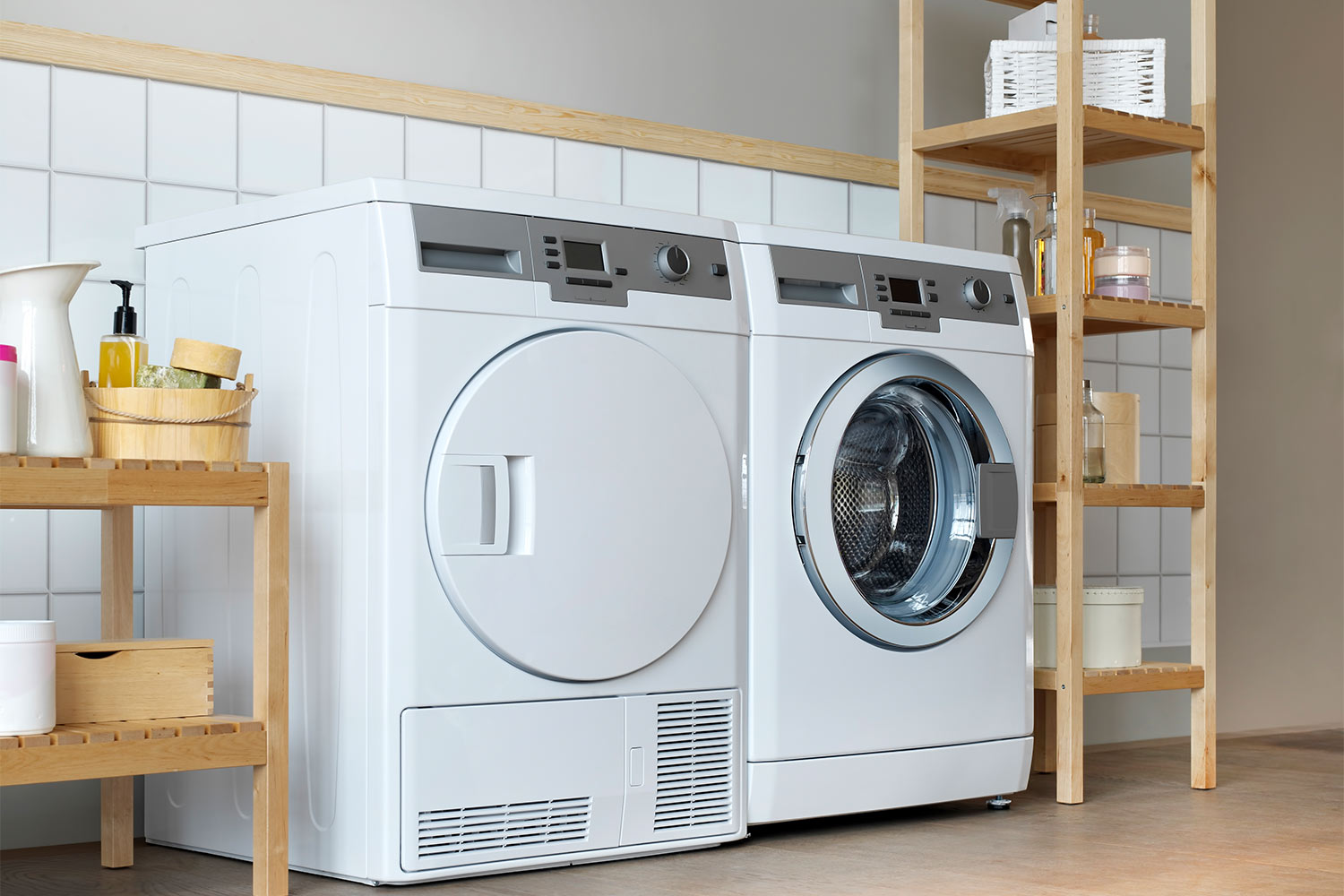
Wondering who installs washer and dryer hookups? See whether to call a plumber or electrician, what’s involved, and the typical $2,000 cost
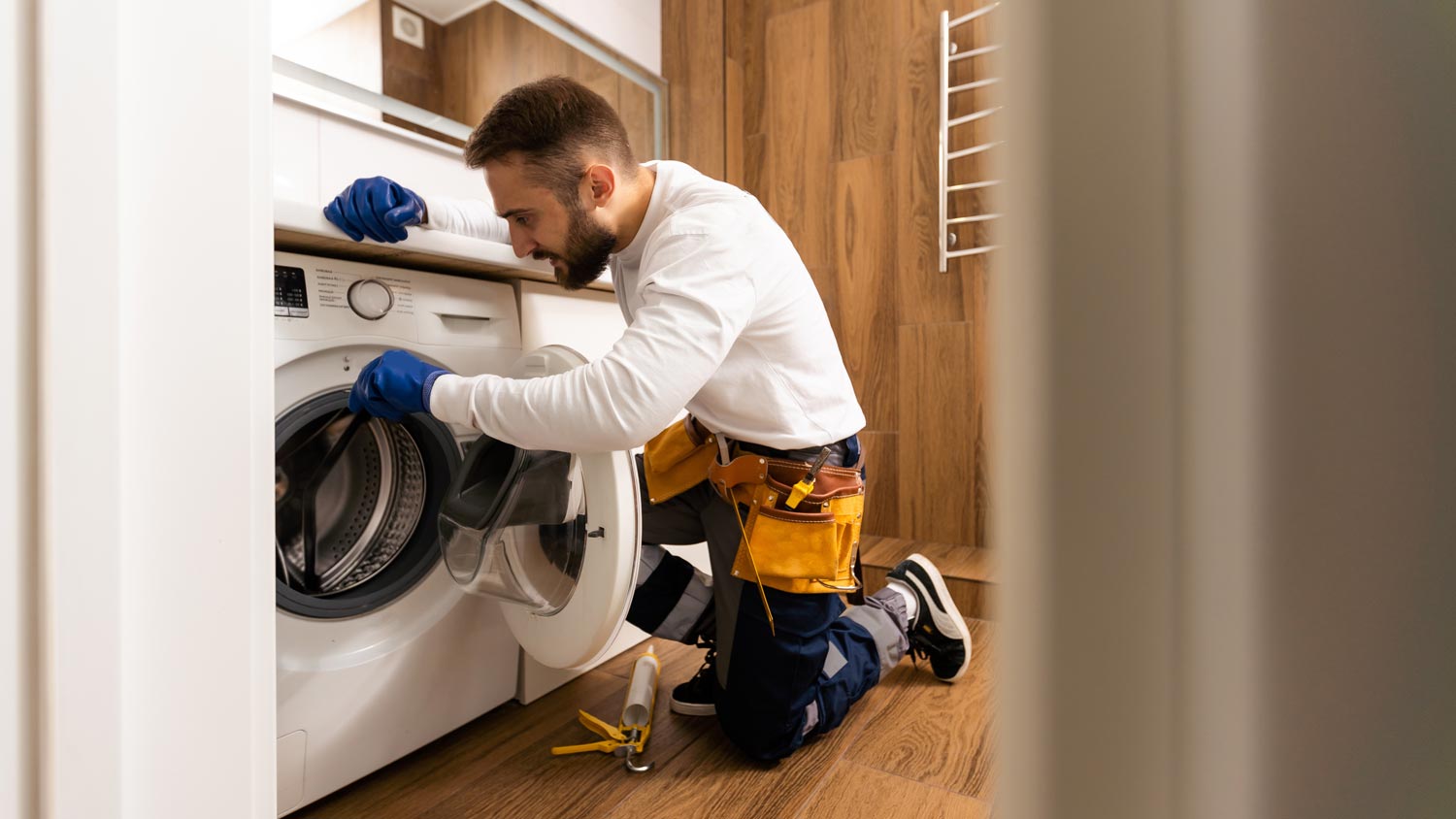
Who fixes washing machines? Find appliance repair pros, what they do, and costs. Get expert guidance now.
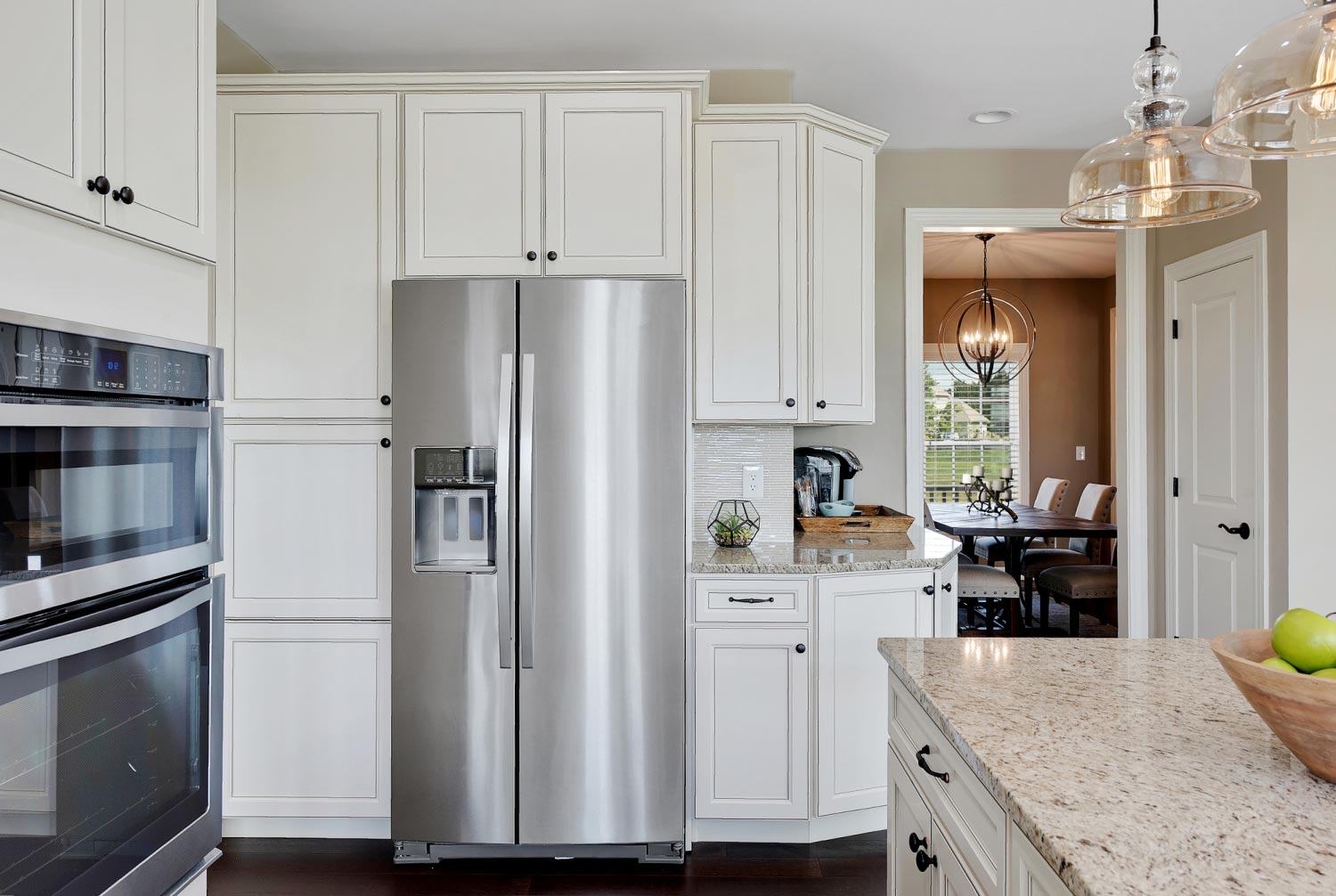
Find out who to call for refrigerator repair. Learn why a licensed refrigerator repair technician is best and when DIY is safe.
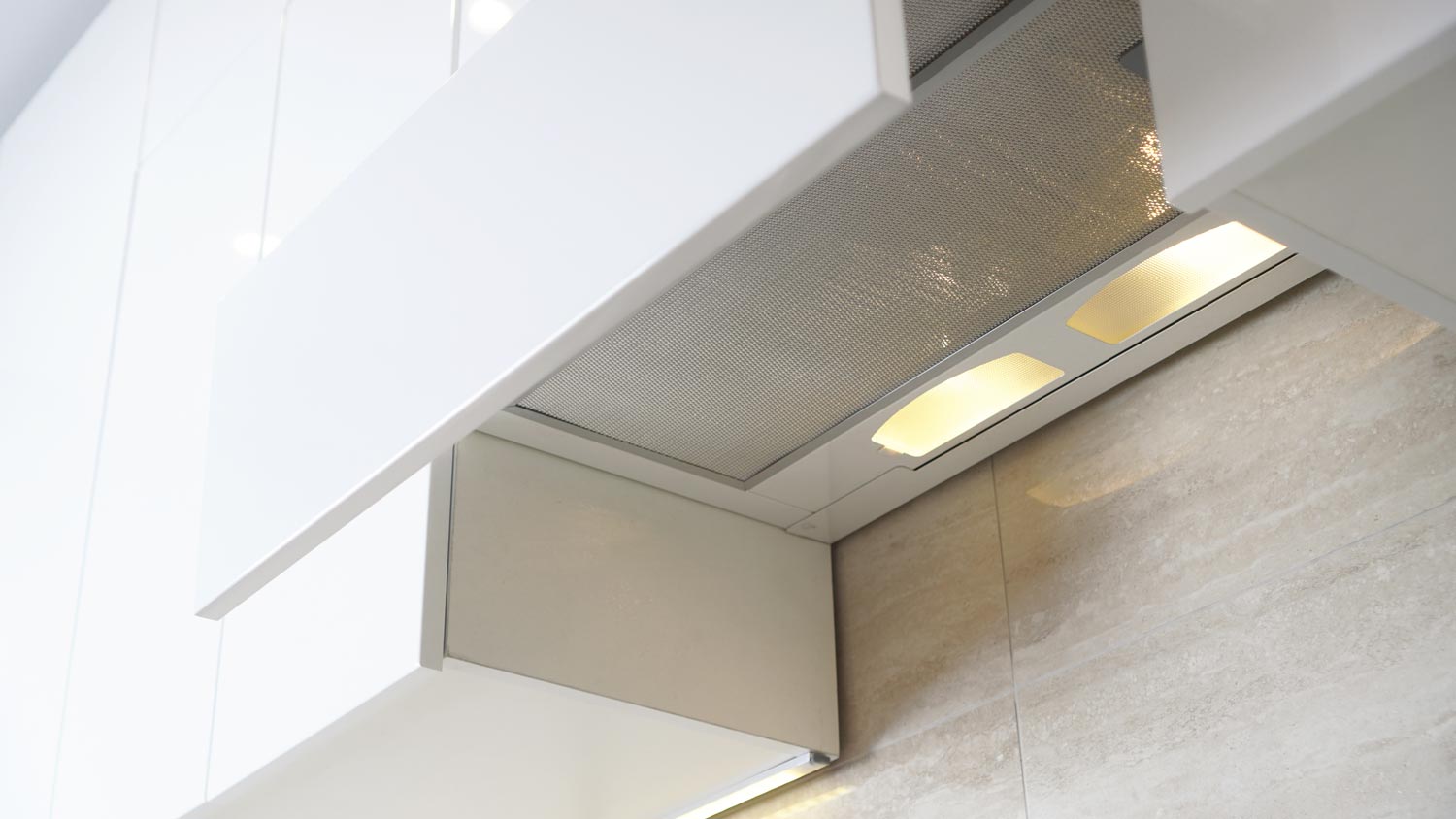
Find out who fixes range hoods and when to call an appliance technician, HVAC pro, or electrician. Learn repair vs. replacement costs and next steps.
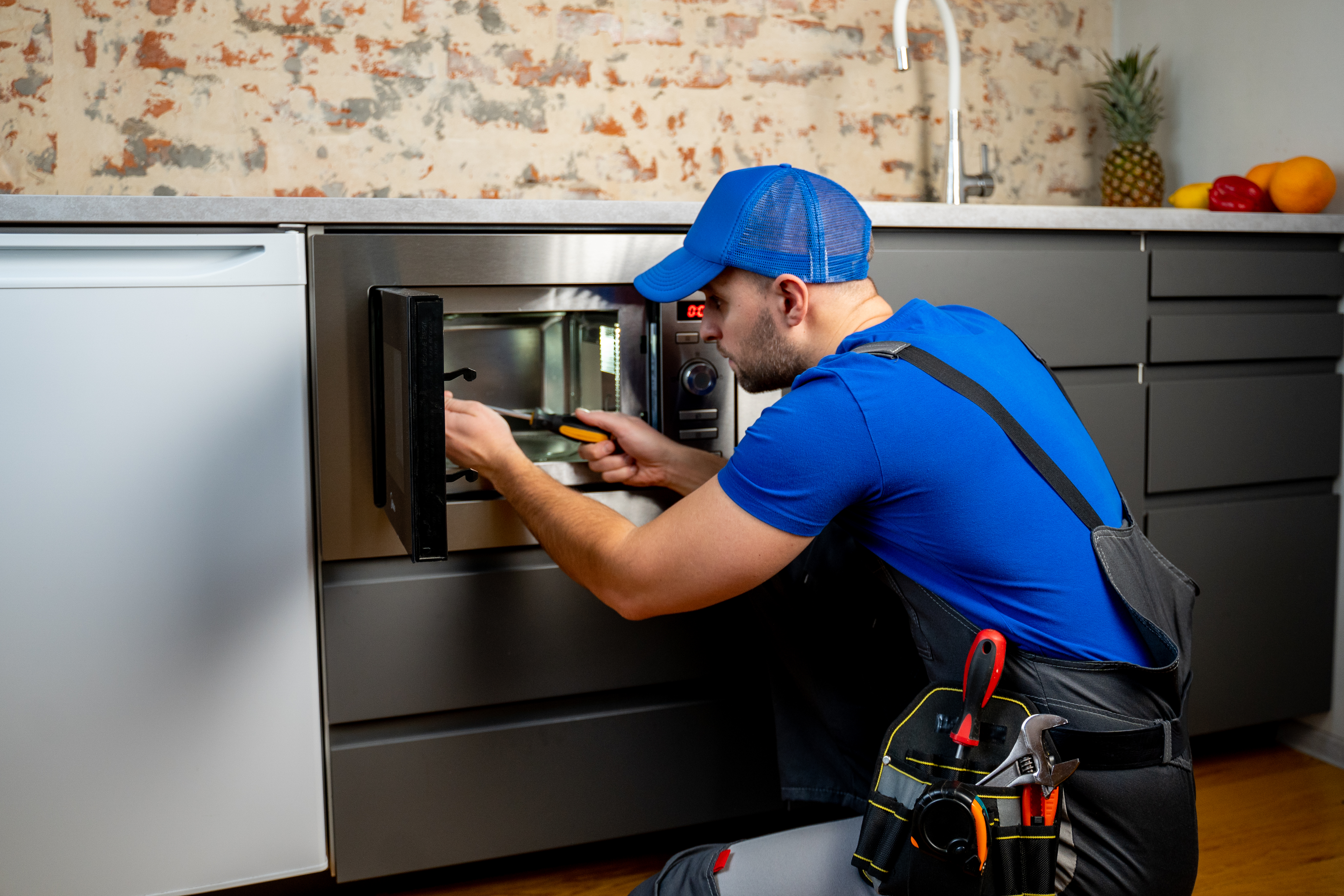
Who fixes microwaves? Learn who to call and who can repair a microwave safely, plus what pros do and why hiring a specialist matters.